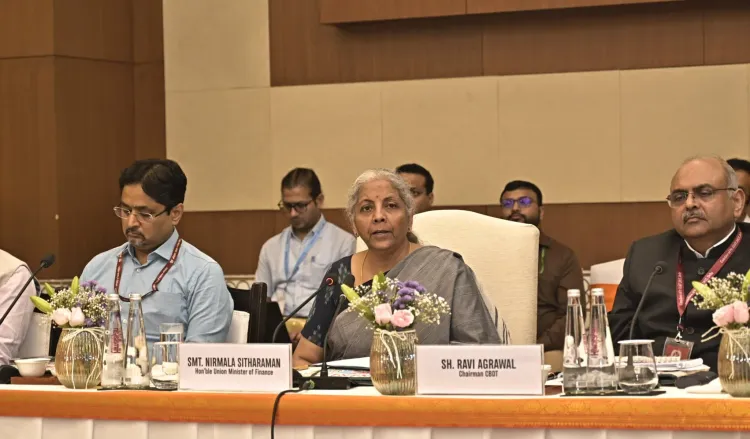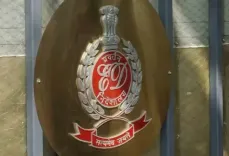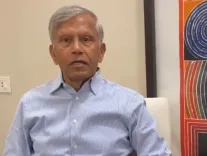How is FM Sitharaman tackling the grievance backlog in CBDT?

Synopsis
Key Takeaways
- Grievance Backlog Reduction: Finance Minister focuses on expediting grievance resolutions.
- Enhanced Refunds: Significant growth in taxpayer refunds reported.
- Reform Implementation: CBDT's reforms in faceless assessments are crucial.
- Timely Processing: Emphasis on timely processing of tax refunds.
- Increased Monetary Thresholds: New thresholds for appeals aim to reduce litigation.
New Delhi, June 23 (NationPress) Finance Minister Nirmala Sitharaman instructed the Central Board of Direct Taxes (CBDT) on Monday to markedly diminish the backlog in grievance redressal systems such as CPGRAMS and e-Nivaran related to the department.
She underscored that the swift and timely resolution of taxpayer grievances is critical for fostering responsive governance.
While chairing the Conclave of Principal Chief Commissioners of Income Tax, the minister was briefed on essential performance metrics.
From a total of 160,229 grievances (CPGRAMS and E-nivaran) for the fiscal year 2025-26, 131,844 grievances were addressed (up to 17.06.2025), achieving a disposal rate of 82.28%.
Refunds for FY 2025-26 (as of June 19) experienced an impressive annual growth of 58.04%, indicating improved taxpayer services.
Refunds amounting to Rs 23,376 crore were issued due to Order Giving Effects, while Rs 10,496 crore were refunded for rectification in FY 2025-26.
Of the 5.77 lakh pending appeals, over 2.25 lakh appeals are targeted for resolution in FY 2025-26, addressing disputes worth over Rs 10 lakh crore, as reported during the meeting.
Approximately 4,605 cases were dropped following the increase in monetary limits in 2024, and around 3,120 cases saw no appeals filed due to the raised monetary thresholds.
Sitharaman acknowledged that the CBDT has implemented several significant reforms recently, especially in faceless assessment, e-verification systems, tax exemptions, and digital service delivery, and she urged further consolidation of these reforms for the benefit of taxpayers.
The Finance Minister instructed all Principal Chief Commissioners of Income Tax to prioritize and expedite the resolution of disputed tax demands currently pending before faceless appellate authorities. This initiative aims to alleviate litigation backlogs and ensure timely resolutions, thereby enhancing taxpayer confidence in the system.
Additionally, she mandated that all departmental appeals below the newly revised monetary thresholds be identified and withdrawn within three months.
In accordance with the announcements made in the Union Budget 2024-25, the monetary thresholds for departmental tax dispute appeals have been increased as follows: for Income Tax Appellate Tribunal (ITAT), from Rs 50 lakh to Rs 60 lakh; for High Courts, from Rs 1 crore to Rs 2 crore; and for the Supreme Court, from Rs 2 crore to Rs 5 crore.
During the conclave, Sitharaman reiterated the importance of timely processing of tax refunds and the proactive resolution of taxpayer grievances.






